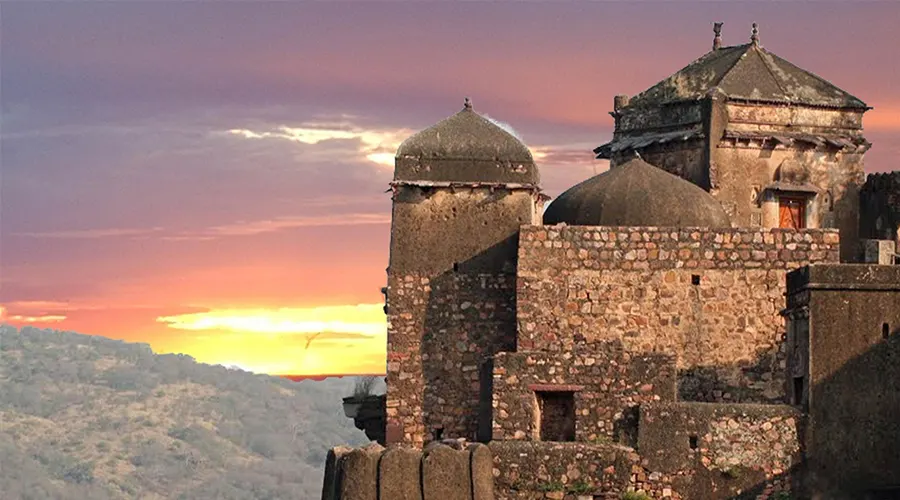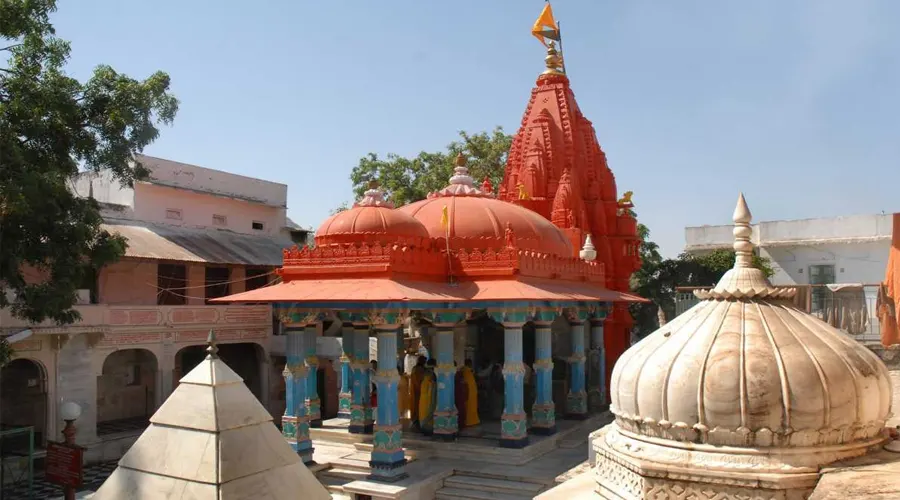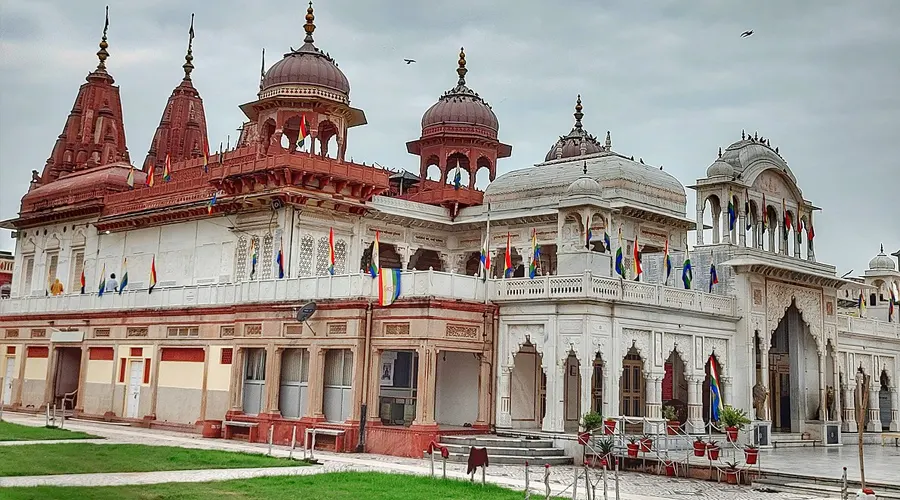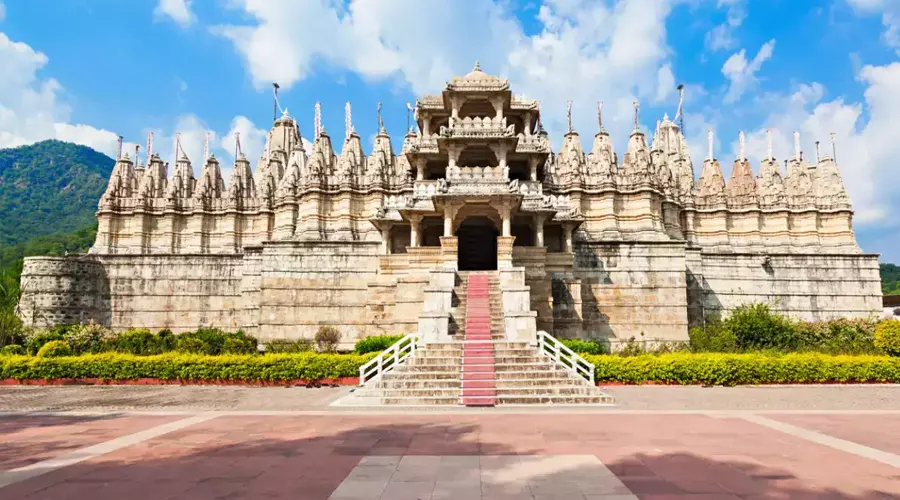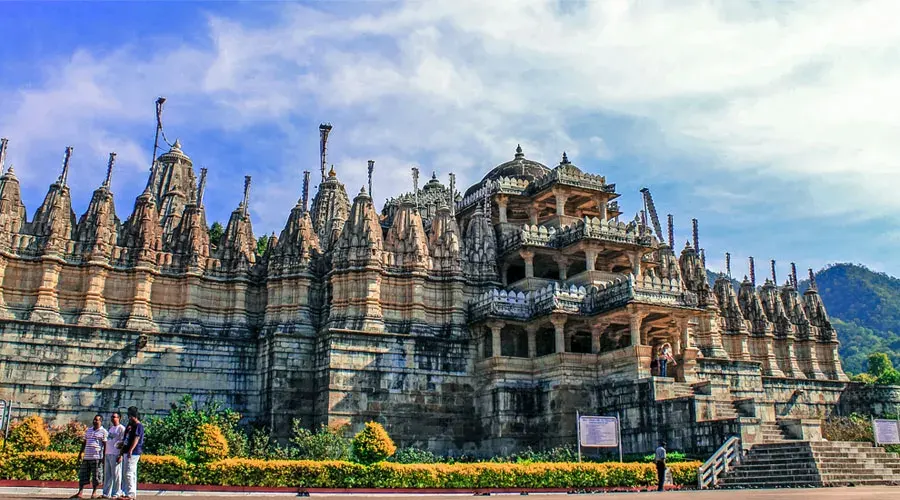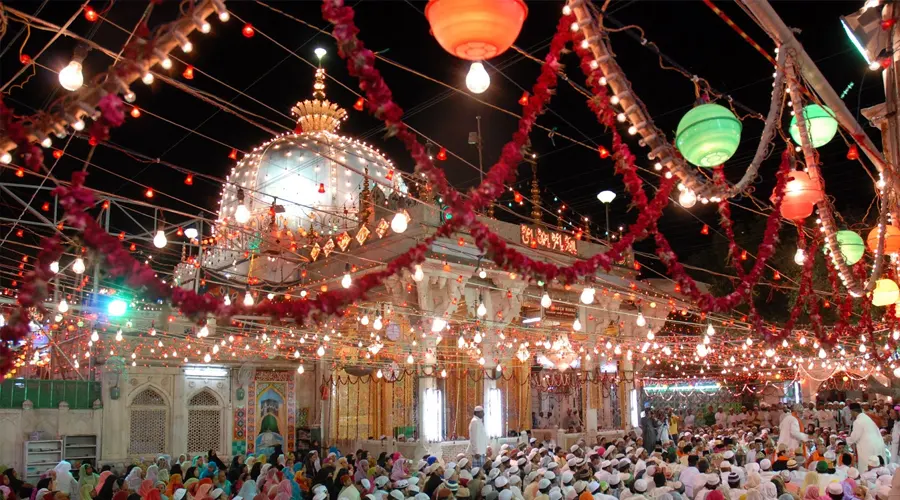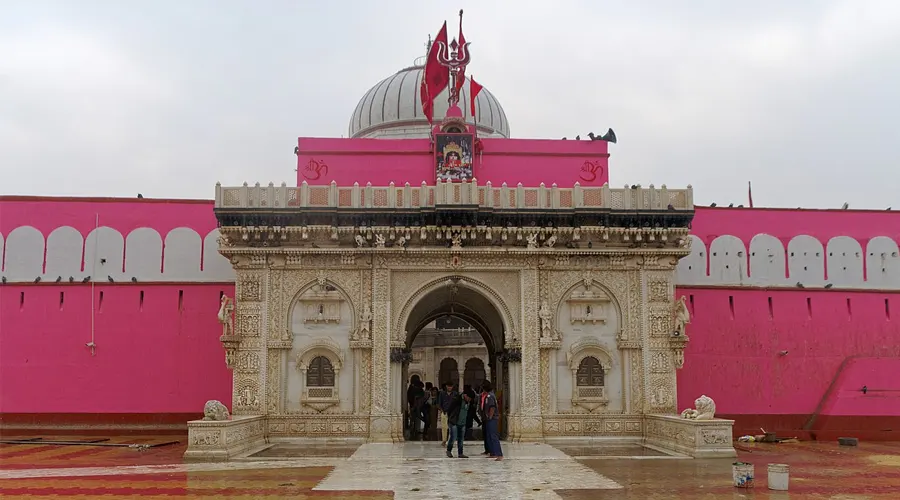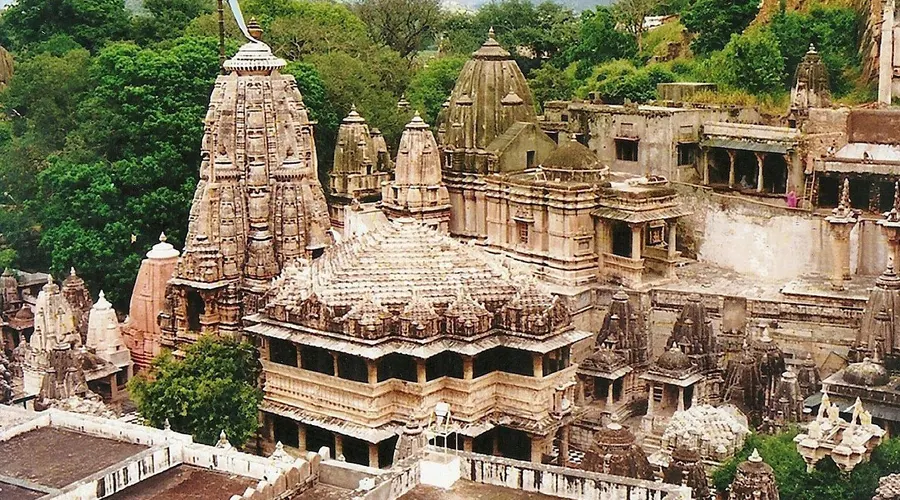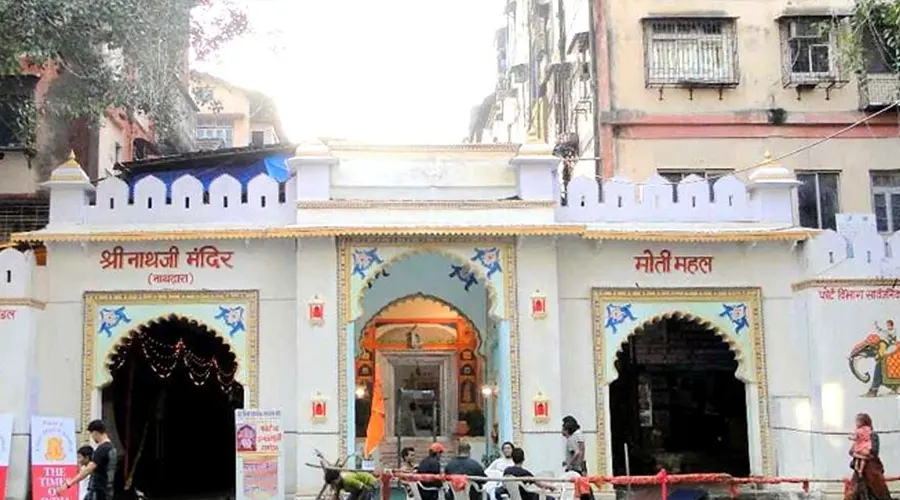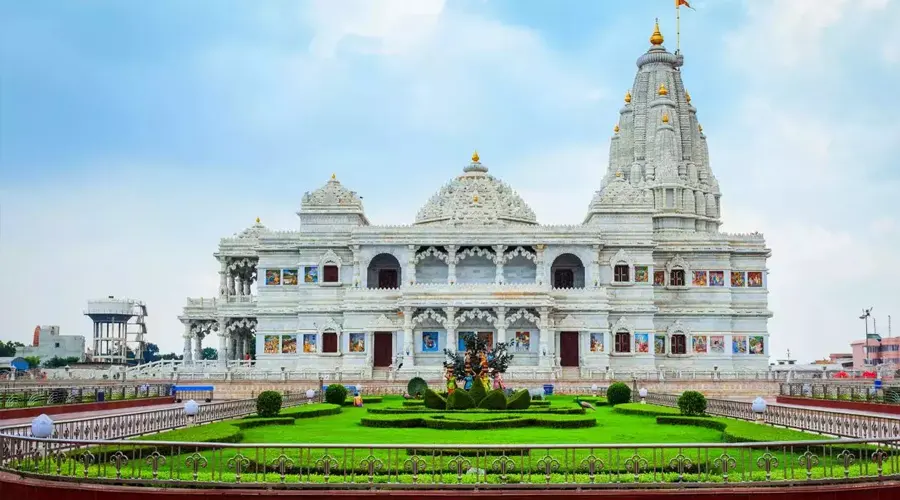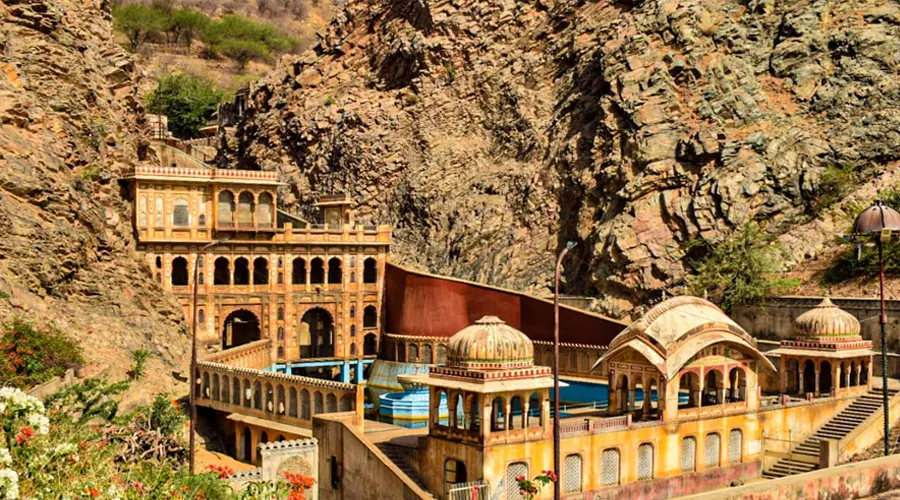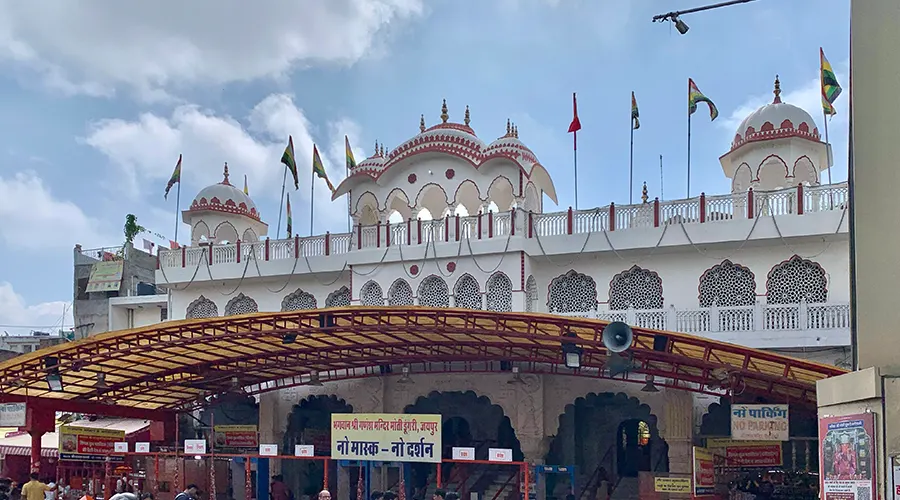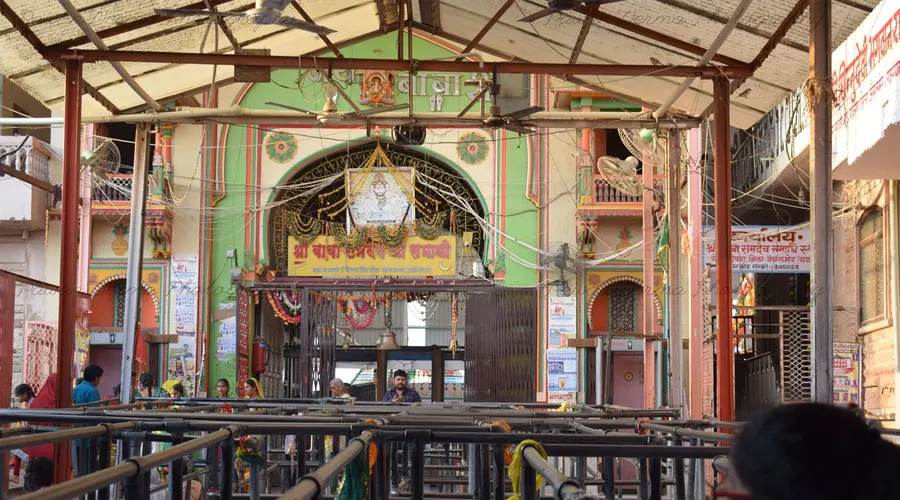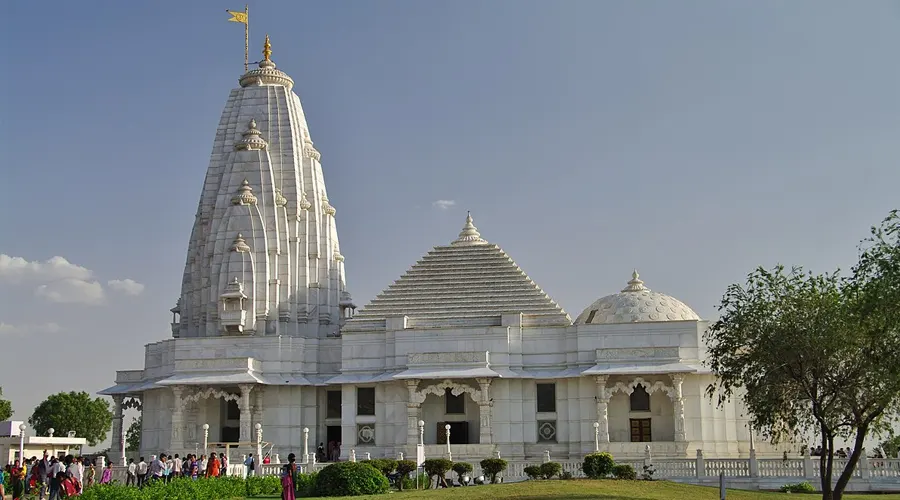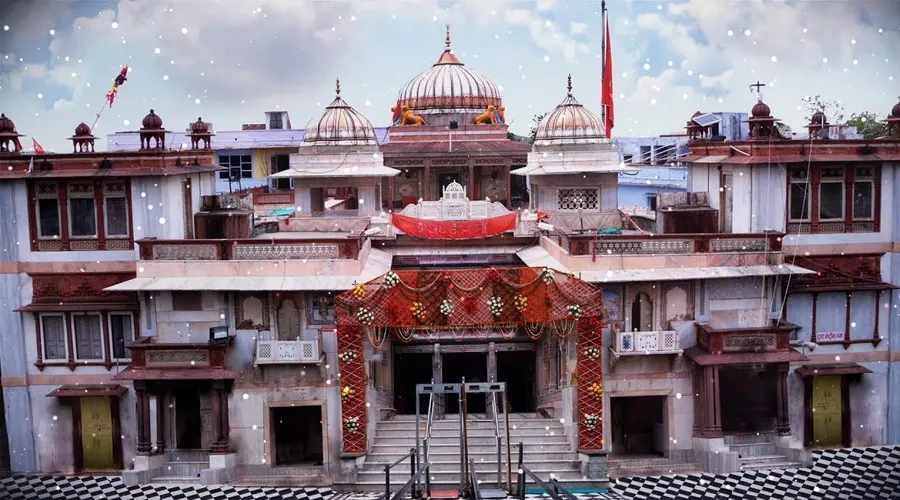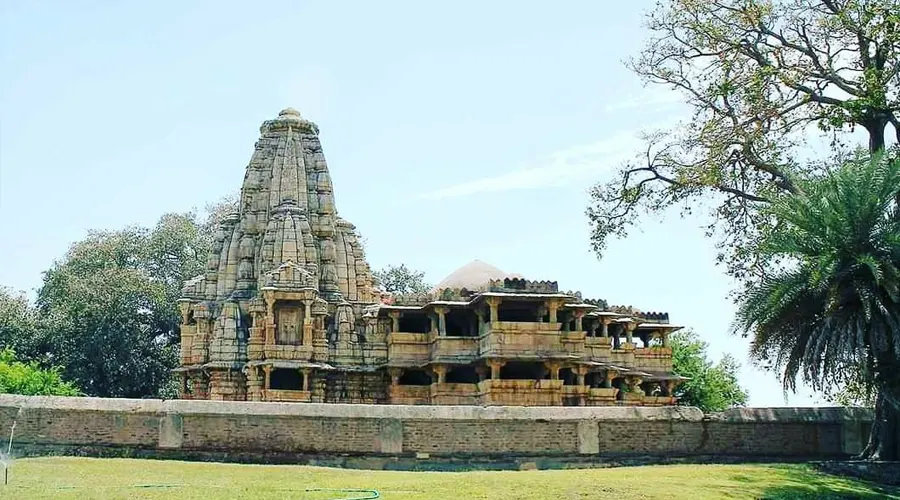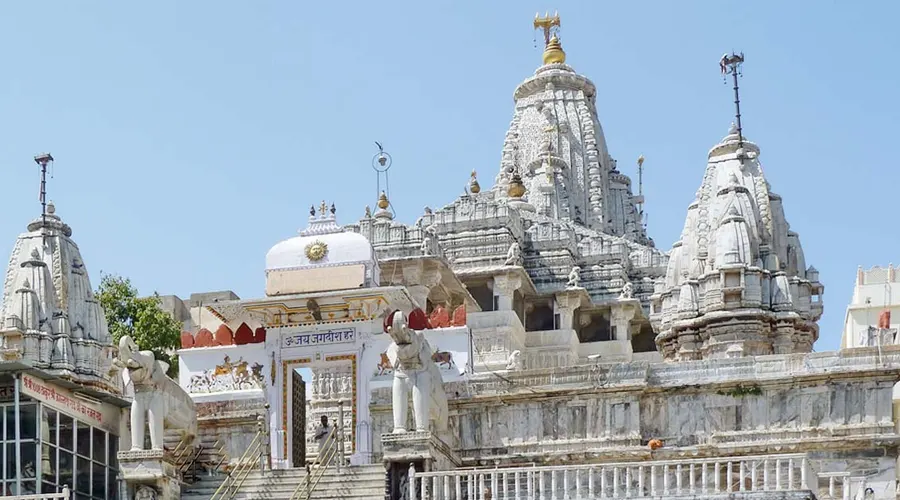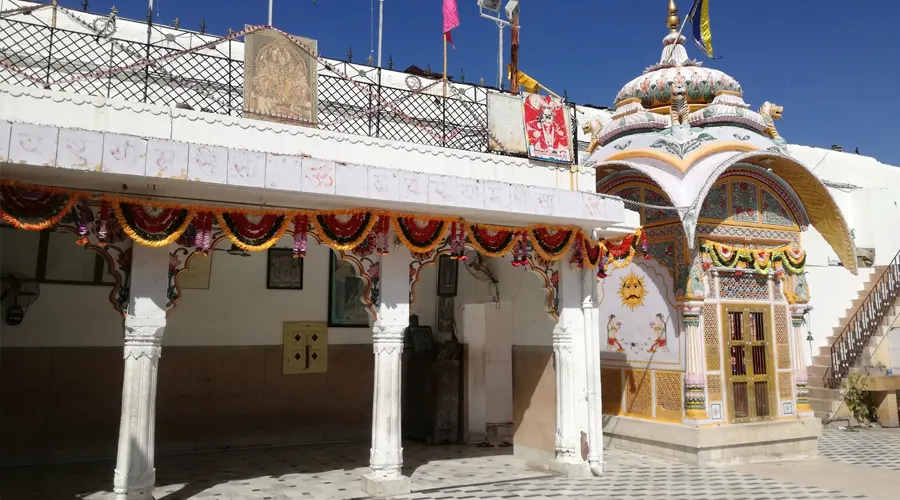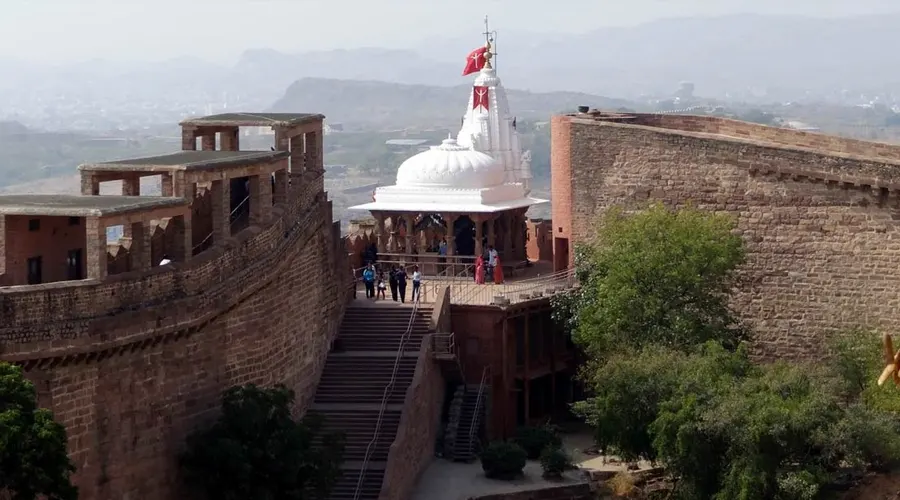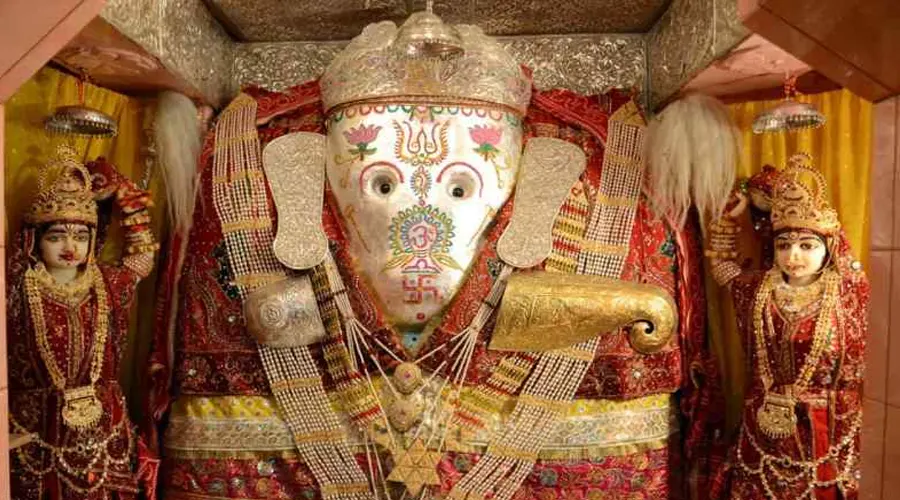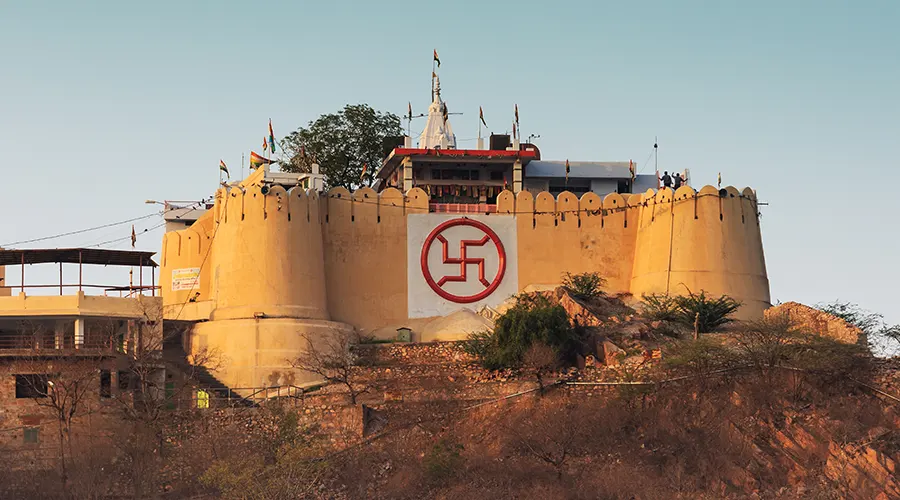Ranthambhore Fort
Ranthambhore Fort is a magnificent fort erected by a ruler belonging to the Chauhan Royal family located in Ranthambhore in Rajasthan. The regal fort is said to have existed since the 12th century and is a perfect tourist attraction for those wanting to explore the Royal Rajasthan.
The splendid fort of Ranthambhore stands strong amidst dense forests that form the Ranthambhore National Park. The view of the fort from the national park and the view of the dense forest from the top of the fort are both worth seeing. As one explores the magnificent structure, one is bound to experience the magnificent vibe that the fort radiates in the warm sunlight of Rajasthan.
Ranthambore Fort has been declared as a World Heritage Site by UNESCO and is an important Hill Fort of Rajasthan. The dense forest that forms the Ranthambhore National Park was once the hunting ground of the royalty that lived here. The fort is surrounded by a massive wall and has strong stone pathways and staircases that lead to the top portion of the structure.
As you trek upwards; do notice the traditional Rajasthani architecture with massive gates, pillars, domes, palaces, and temples. The reserve is home to some birds and animals. Tourists will usually find a lot of monkeys in and around the fort; however, if you are lucky, you may also be presented with the beautiful peacocks living in the National Park.
History of Ranthambhore Fort
The exact period the fort was constructed is unknown; however, archaeologists suggest that the construction may have begun during the reign of the Sapaldaksha in the 10th Century. The Chauhan Royal Family of Rajasthan may have completed the remaining construction in the 12th Century. When the Chauhans managed the fort, it was known as Ranastambha. During the reign of Prithviraj Chauhan I, it was majorly associated with Jainism. In 1192 CE, Muhammad of Ghor, a Muslim ruler, captured the fort and defeated Prithviraj Chauhan III.
In 1226 CE, the fort was captured by Iltutmish, a Delhi Ruler; however, the Chauhans captured the fort again in 1236. In 1259, Sultan Balban captured the fort from Jaitrasingh Chauhan after repeated unsuccessful attempts over the years. Shakti Dev, the successor of Jaitrasingh Chauhan, won the fort in 1283. The kingdom was also enlarged after this win. In 1301, the fort was captured by Ala Uddin Khilji.
Architecture of Ranthambhore Fort
The Ranthambhore Fort is situated atop a large rocky outcrop amidst the Ranthambhore National Park. The fort has a massive protective wall and seven gates namely the Navlakha Pol, Hathi Pol, Ganesh Pol, Andheri Pol, Delhi Pol, Satpol, and Suraj Pol. The fort has a Kachaheri called the Hammir Kachaheri which has 3 chambers, with the central chamber being the biggest. The structure has pillars lined to support the ceiling of the verandah.
A palace constructed during the reign of Hammir Singh also lay inside the fort premises. It is called the Hammir Palace. The palace has chambers and balconies that are connected by small traditional doors and stairways. An important and beautiful structure inside the fort is the Battis Khamba Chhatri. It is a three-storey building with 32 pillars that support chhatris or domes. This structure has a verandah that leads to each level of the building.
There is also a big hall with about 84 columns, with a height of 61 meters height. This hall is called Badal Mahal and was used to hold conferences and meetings. The Ganesh temple inside the fort premises is quite well known amongst devotees. According to a belief, if you write letters to Lord Ganesha and send them here, your wishes will come true.

